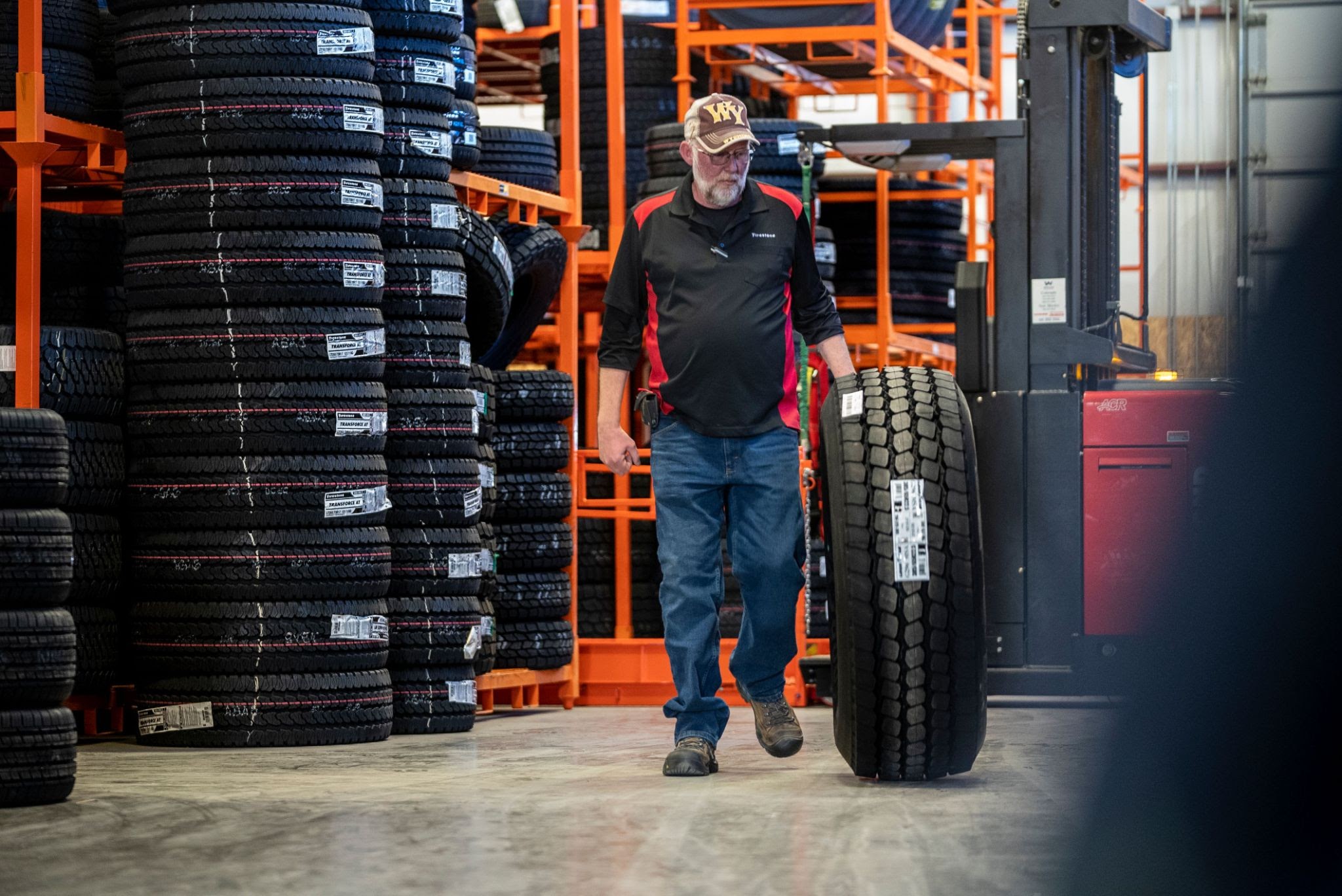Morris Tires: Your Resource for Dependable and Inexpensive Tire Solutions
Morris Tires: Your Resource for Dependable and Inexpensive Tire Solutions
Blog Article

The Relevance of Tire Service for Safe Driving
Ensuring the security of oneself and others when driving is critical when it pertains to driving. One essential facet that frequently goes overlooked but is essential for safe driving is tire maintenance. The problem of your tires can substantially influence your vehicle's efficiency and general safety. From tire pressure to tread deepness, there are numerous crucial elements to consider when it pertains to tire solution. Ignoring these important facets can result in numerous threats while on the roadway. Allow's explore why tire service is a basic element of safe driving and exactly how it can make a considerable difference in your total driving experience.
Tire Stress Maintenance
Maintaining appropriate tire pressure is essential for ensuring optimal vehicle performance and safety on the roadway. Appropriate tire stress not only boosts gas efficiency yet also prolongs the life-span of the tires, minimizes the risk of accidents, and offers a smoother driving experience. When tires are underinflated, the contact patch-- the location where the tire satisfies the road-- rises, leading to excessive heat buildup and possible tire blowouts. Alternatively, overinflated tires decrease the call spot, resulting in unequal tire wear and minimized grip.
To maintain the proper tire stress, refer to the lorry supplier's suggestions commonly found in the owner's handbook or on a sticker label situated inside the vehicle driver's side door jamb - gmc tires. By focusing on tire stress maintenance, motorists can advertise much safer driving conditions and extend the life of their tires.
Footstep Depth Examination
Proper tire stress not only enhances vehicle performance however likewise influences tread wear, making normal step depth examination crucial for risk-free driving. The walk depth of a tire is critical as it straight affects traction, especially in damp or snowy conditions. Not enough tread deepness can result in decreased hold when driving, raising the threat of accidents. To make sure optimum safety and security, chauffeurs should routinely examine their tire step deepness utilizing a step depth scale. The suggested minimum walk depth is 2/32 of an inch; nonetheless, for enhanced efficiency, especially in unfavorable climate condition, a tread depth of 4/32 of an inch or even more is recommended. Unequal step wear can suggest placement or suspension problems, additionally emphasizing the significance of routine walk deepness inspection. By preserving ample walk deepness, vehicle drivers can boost their lorry's handling, braking, and overall safety when traveling. Bear in mind, risk-free driving beginnings with proper tire upkeep, consisting of routine walk deepness checks.
Routine Tire Turnings
By frequently rotating your tires, you aid disperse wear more uniformly across all four tires. Front tires have a tendency to use out extra promptly than rear tires due to variables like guiding and stopping pressures.

Significance of Positioning Checks
Positioning checks play an essential role in making certain that the even use patterns accomplished through routine tire rotations are maintained for optimum automobile performance and security. Appropriate positioning adds to a comfy and smooth driving experience while also expanding the life expectancy of your tires. When your car's wheels are not correctly aligned, it can lead to uneven tire wear, influencing handling and gas performance. Misaligned wheels can additionally put added stress on suspension parts, bring about possible damages and costly repair services.
In addition, right alignment improves road grasp and security, particularly when driving in tough problems such as damp official site or icy roads. It aids maintain the automobile's designated trajectory, minimizing the risk of crashes as a result of drawing or drifting. By organizing normal positioning checks, you can address any kind of issues immediately, making certain that your car runs at its best and promoting total safety when driving. Bear in mind, placement checks are a precautionary action that can conserve you money and time over time.
Signs of Tire Put On
Uneven step wear throughout the tire surface area can recommend placement issues or inappropriate inflation. Tread depth is also crucial, and if it falls below 2/32 of an inch, it's time to replace the tires for optimum traction. Routinely examining for these indications of tire wear and resolving them promptly through expert inspection and maintenance will not just prolong the life of your tires however also enhance your safety on the roadway (gmc tires).
Final Thought

From tire pressure to tread depth, there are numerous vital elements to redirected here take into consideration when it comes to tire solution. When tires are underinflated, the call patch-- the area where the tire satisfies the road-- increases, leading to extreme heat build-up and prospective tire blowouts. By revolving your tires, you ensure that each tire puts on evenly, maintaining regular grip (gmc tire service). Frequently checking for these indications of tire wear and addressing them promptly with professional examination and upkeep will certainly not just prolong the life of your tires but additionally enhance your safety on the roadway
Routine maintenance jobs such as keeping track of tire pressure, examining walk depth, revolving tires, and checking positioning are important to guarantee optimal efficiency and long life of tires.
Report this page